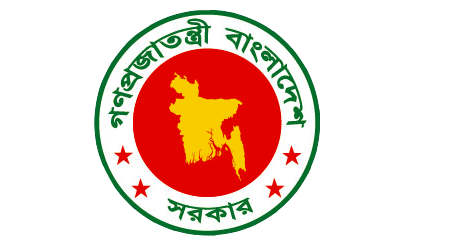Nobuo Yoshida
Hiroki Uematsu
Carlos E. Sobrado
Abstract
The World Bank has recently adopted a target of reducing the proportion of population living below US$1.25 a day at 2005 international prices to 3 percent by 2030. This paper reviews different projection methods and estimates the global poverty rate of 2030 modifying Ravallion (2013)’s approach in that it introduces country-specific economic and population growth rates and takes into account the effect of changes in within-country
This paper is a product of the Poverty Reduction and Equity Unit, Poverty Reduction and Economic Management Network. It is part of a larger effort by the World Bank to provide open access to its research and make a contribution to development policy discussions around the world. Policy Research Working Papers are also posted on the Web at http:// econ.worldbank.org. The authors may be contacted at nyoshida@worldbank.org.
inequality. This paper then identifies key obstacles to meeting the target and proposes a simple intermediate growth target under which the global poverty rate can be reduced to 3 percent by 2030. The findings of the analysis lend support to Basu (2013)’s argument that accelerating growth is not enough and sharing prosperity within and across countries is essential to end extreme poverty in one generation.



